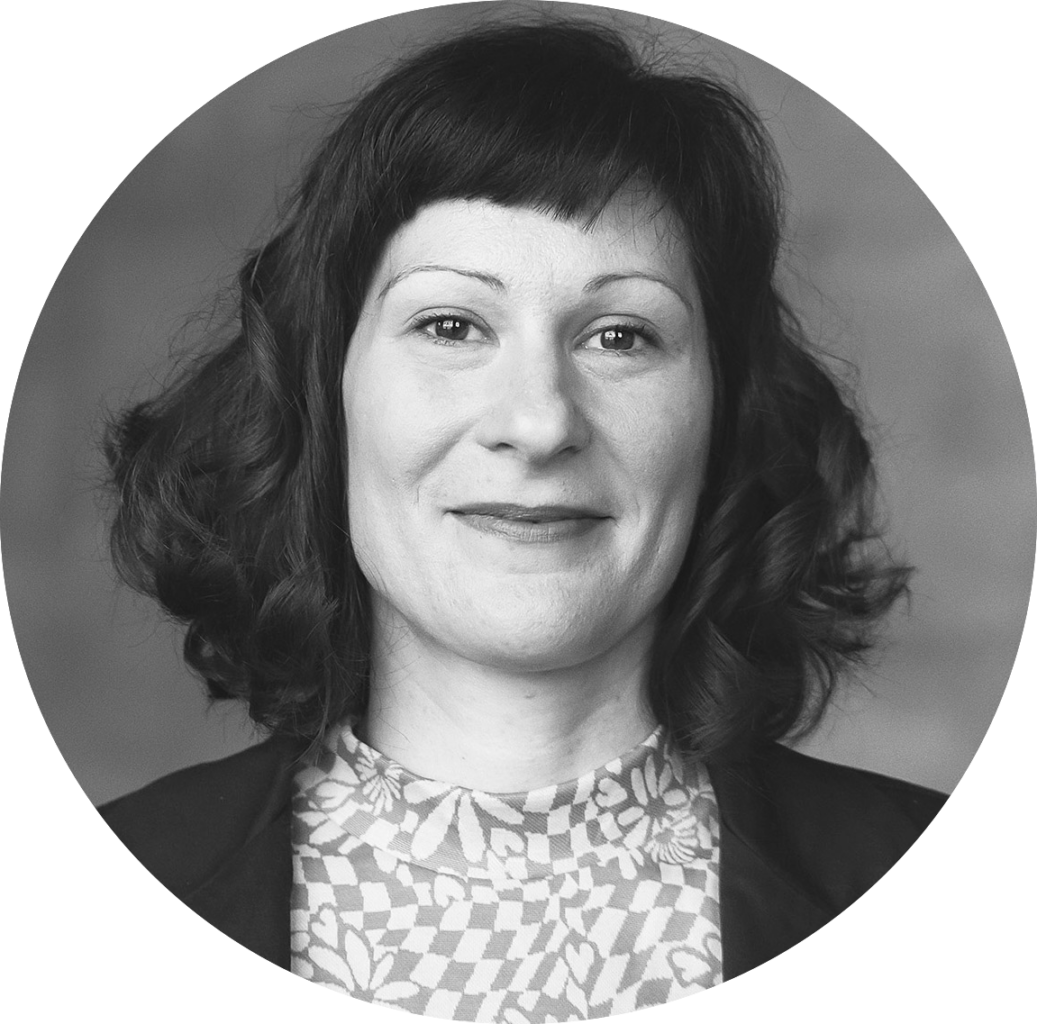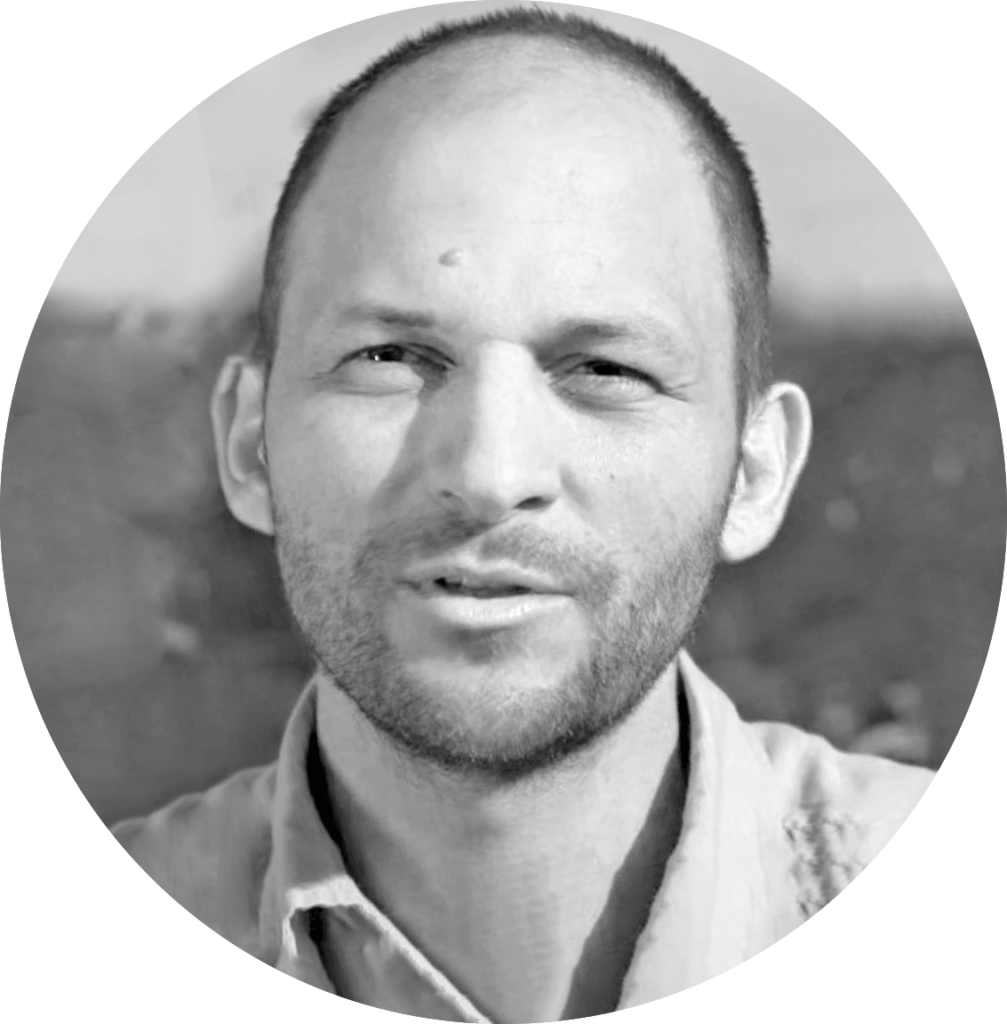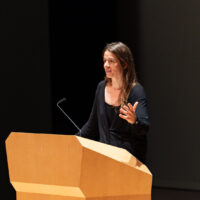Vesna Forštnerič Lesjak and Matjaž Turinek explain what they understand by “farm organism” and how they put this notion into practice, in an excerpt from their talk at the Agriculture Conference.
Matjaž Turinek A farm is independent, autonomous, and interactive with customers, the environment, the cosmos, plants, and animals. Every biodynamic farm is different in this respect. The life of a farm organism is similar to the phases of human life. It has a birth, a youth, an adulthood, but also an end. Vesna, how many incarnations has your farm gone through?

Vesna Forštnerič Lesjak I come from a farm where our ancestors lived as early as the 16th century—always independently and self-sufficiently. During the time of the Austro-Hungarian Empire, we were a so-called “free farm”—free from the church and the nobility—and the farm was always passed on to women.
My questions today are: How can we understand the farm as a living organism? What does that actually mean? A farm should also be an individuality, said Steiner. These organisms and individualities do not simply exist—they are shaped and realized by people.
The first thing that characterizes an organism is that it is an integrated biological system. The structure of the whole determines the activity of individual parts and is much more than just the sum of individual parts.
The second characteristic of an organism is interdependence: its mutual or reciprocal dependencies. That means everything is both a cause and an effect for something else. All biochemical processes are cycles; everything is interaction. This is important for the individualization of the farm.
The third characteristic of a living being is development: growth, reproduction, and death. On the farm, this is linked to the rejuvenating processes that, for example, the compost heap represents. These farm organism functions are maintained through cycles.
Autonomy and energy effeciency are additional characteristics of a living organism, as are sensitivity and adaptability. Every living being remains in constant exchange with the environment, just like our skin, which is permeable. A living being can also perceive its inner state and is sensitive to stimuli from the outside world. In this way, the organism emancipates itself, on the one hand, and at the same time connects with the environment, on the other.
This is what a farm does, which is why it is an organism. The best way to protect it is through diversity. Evolution is much more than just development. It can also include processes of destruction where something completely new arises that could not be imagined before. What about the incarnation processes on your farm, Matjaž?

Matjaž Our farm started only 17 years ago as an idea, with the question of what we would grow. This matured into the birth of the farm. It began as a CSA (community-supported agriculture) with three customers. Today, 12 years later, we have 150 customers and 18 hectares of land.
It takes intensive work to bring the spirit down to earth. As a farmer, you have to be patient. You have to have faith, dedicate yourself to the farm, and at the same time maintain hope. You have to be positive about it, even though it is sometimes difficult. In the social organism of the farm, community building has many levels, be it with friends, customers, colleagues, or spiritual entities that are connected to the farm. It is important to communicate openly and honestly with each other, without a hidden agenda in mind.
We keep asking ourselves: are we slaves to the farm organism, or are we co-creators, trainees, apprentices, or even long-term volunteers? Observation and wonder are available to us. We do what is in our power. We leave the rest to creation. We constantly observe, ask questions together, exchange ideas, and reflect—over and over again, like in a spiral. It’s important to look for people who can create different perspectives. It is also important to be grateful for the people who help to shape, maintain, and develop the farm and thus make it fit for the future. The essence for me is that we create relationships—not just interpersonal relationships but also relationships with the farm organism.
Translation Laura Liska
Title image Vesna Forštnerič Lesjak; Photo: Xue Li













